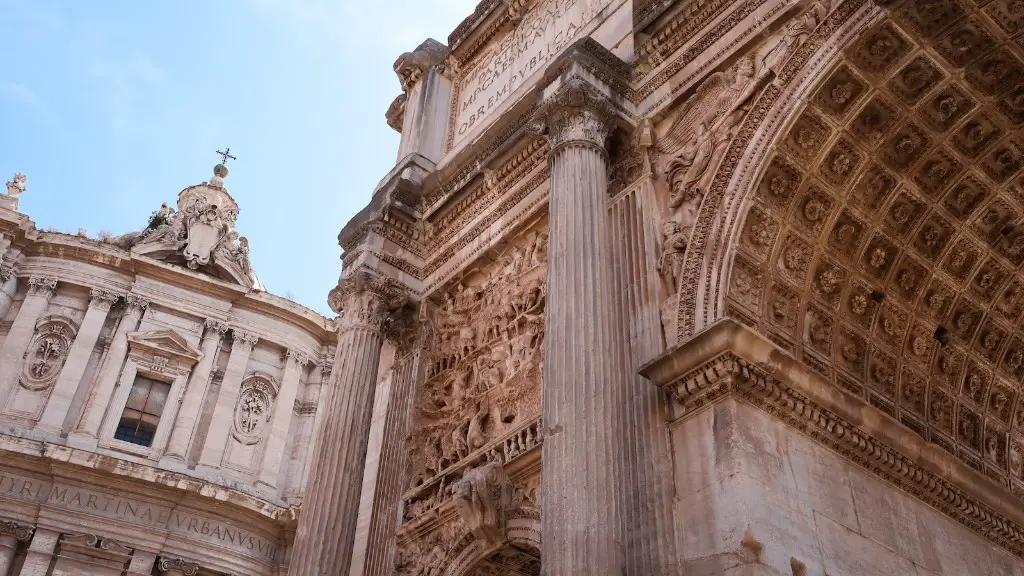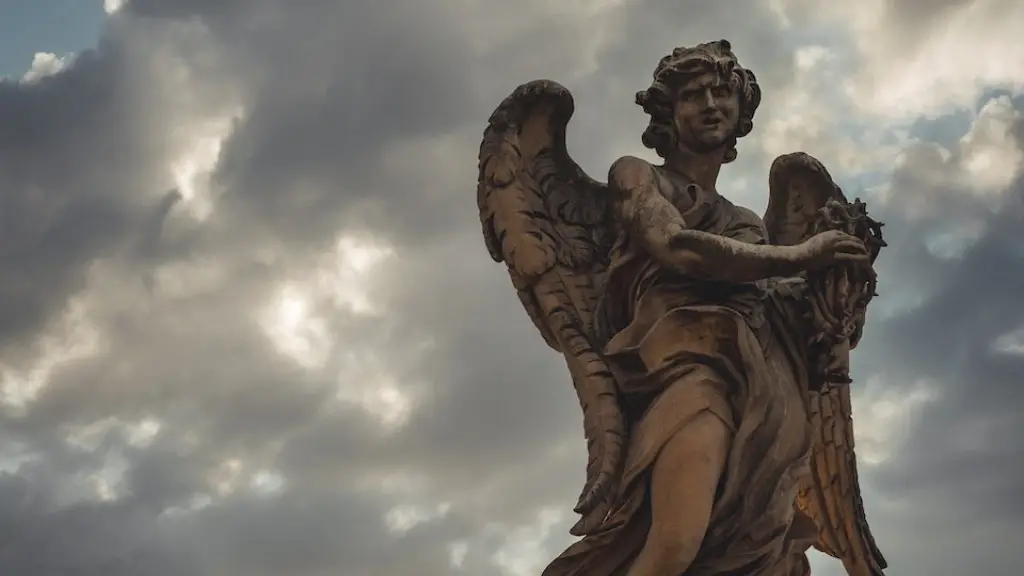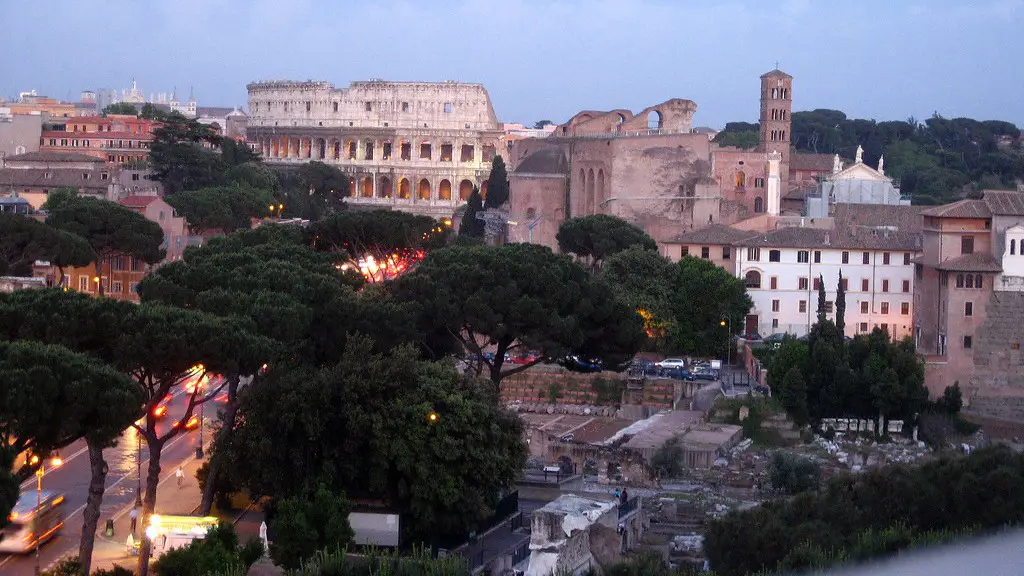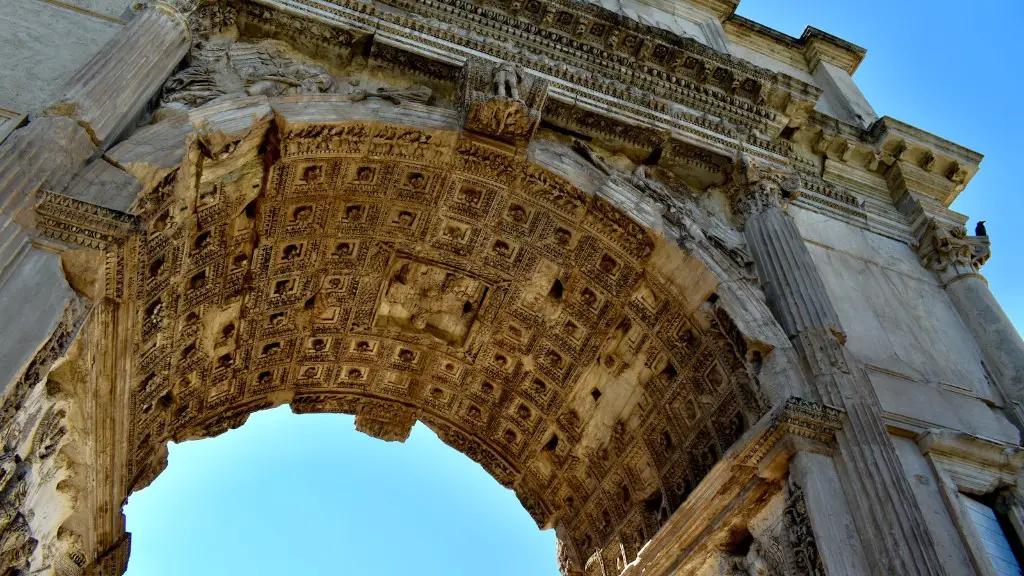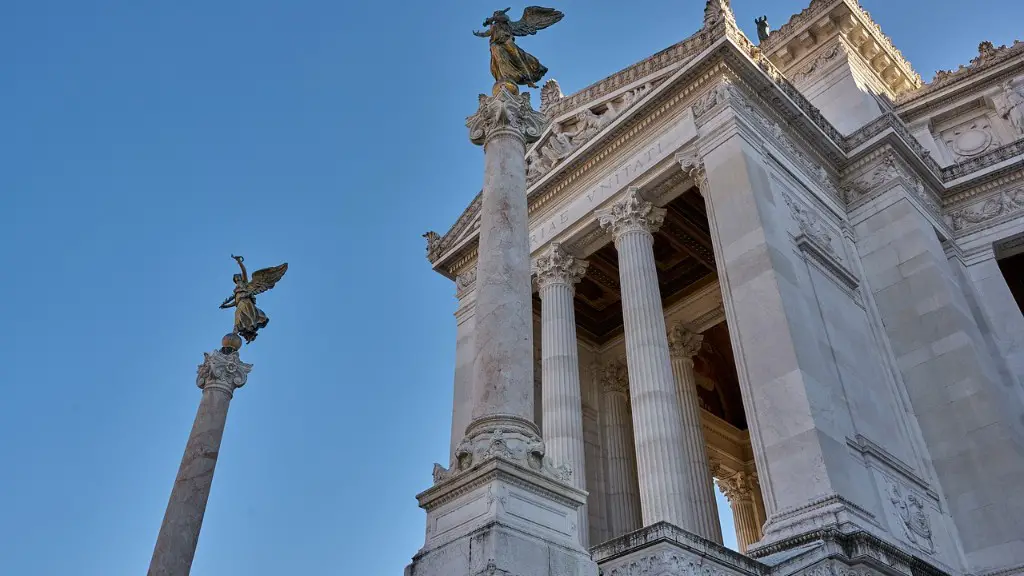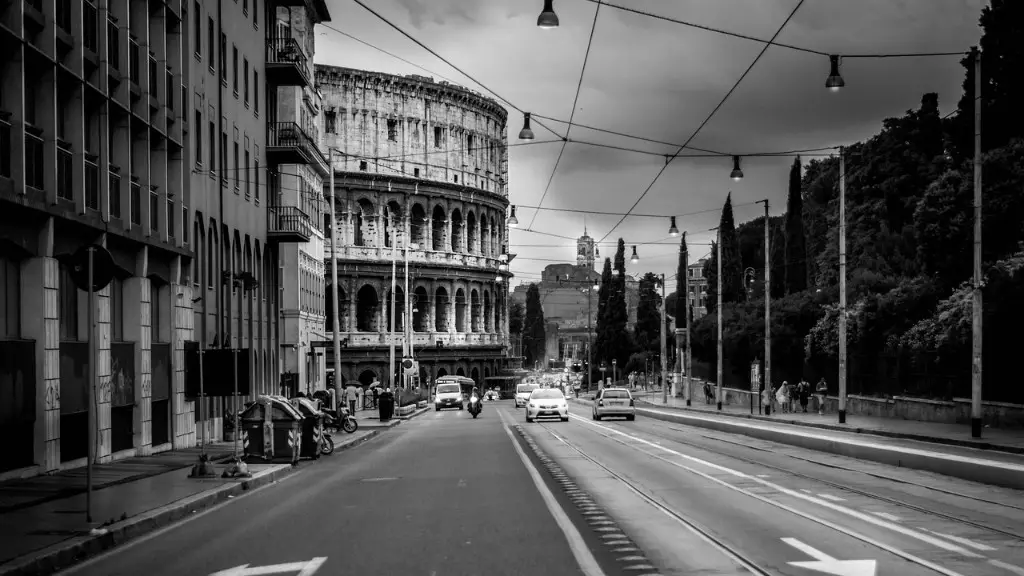Organizational Structures and Education
The ancient Roman state was highly organized, with a well-structured system of rule and governance. Education was a priority for the state, and all Roman citizens had access to basic education which was closely linked with the larger social organization. In ancient Roman times, the typical school day for students of all ages began at sunrise and ended at sunset. Most schools taught their students such topics as grammar, rhetoric, and mathematics. Some schools, however, offered instruction in the arts, music, astronomy, and even agriculture.
Roman schools had a hierarchical structure, with those of higher social status receiving more focus and attention than those of lower status. Wealthy citizens were able to afford private tutors while those of lower economic means attended public schools. Learning was largely focused on memorization and recitation of material, usually based on texts written by Greek and Latin authors. Teachers were usually ex-slaves or former soldiers trained for the purpose.
Punishment was a common way of enforcing rules, even among younger school children. Whipping and beatings were not uncommon. Children also had to adhere to strict dress codes, where males would typically wear white clothes and girls would wear loose grey robes, with their heads uncovered. Students were routinely assigned tasks such as writing out scriptural passages and were expected to comply with all such assignments.
Education was highly valued by the Roman state and paramount importance was placed on ensuring its availability to the citizens. It was believed that a good education could signify wealth and success, and advancement in the Roman state was largely based on education. Personal advancement was also possible through tutors and schools, creating a sense of ambition among the lower classes as well.
Attitudes and Values
The values and attitudes of the ancient Roman society were deeply embedded into the school curriculum. Latin and Greek literature was studied and the students were taught to appreciate the great works of their predecessors. Ancient Roman art and architecture was also studied and the students learned to appreciate the excellence of Roman engineering and craftsmanship.
The ancient Romans placed a great emphasis on moral development, as well. Ethical standards and respect for others was taught. Learning also served as a practical pursuit, as the students would be taught about the Roman government, laws, and social hierarchies leading to a greater understanding of their place in society.
In addition, religion and spirituality played an important role in the ancient Roman school day. Worshipping the various gods and respecting their power was a part of Roman daily life. Religious ceremonies and festivities were taught and observed, honoring the gods and invoking their blessings.
Exercises that focused on physical development were also included as part of the curriculum, such as wrestling and horsemanship. Athletic competition was seen as a way of strengthening the body and mind, allowing the students to hone their skills in agility and combat. These physical exercises were believed to increase the chances of succeeding in battles and in life.
Free Time and Activities
From time to time, the students would get a break from the daily lessons and classes, when they were allowed some free time. During this time, students would play a variety of games, such as board games, dice games and sports. Both boys and girls indulged in different games and sometimes the whole group would engage in the same activity. Music and dancing were also popular pastimes during their free time.
The children were also encouraged to take part in competitions and events that would test their knowledge and skill level. Prizes were often given to the winners and this served as an incentive for the students to compete. Often, children from different classes and backgrounds would compete in these activities to see who was the most knowledgeable or skilled in a particular field.
Apart from physical activities and games, the school days in Ancient Rome also focused on wider cultural aspects such as literature, philosophy and art. Regular performances of plays, poetry and music provided an avenue for students to explore their creative capabilities. It was also important to develop a sense of appreciation for their own culture in such ways.
Conclusion and Reflection
Ancient Roman school days were structured and regimented with a focus on developing the minds of their students and instilling in them strong values, ethical conduct, and physical discipline. Education was key to success in Roman society and therefore considerable importance was placed on knowledge and learning. Through a mix of practical and theoretical teaching, academics, physical pursuits, and games, Roman school days provided a pathway to success for the nation’s citizens.
Religious Influence on Schools
Religion was a major part of the curriculum in ancient Roman schools. The gods of Rome were closely associated with the state and had a great influence on the daily lives of its citizens, including the students in school. Rituals and offerings to the gods were part of school daily life, as students were taught to honor the gods and to give them thanks for their blessings.
Religion was part of education, as students had to learn about the gods, their festivals, rituals, and the myths and legends that surrounded them. Students also had to learn the duties and responsibilities of being a Roman citizen and the importance of paying homage and respect to the gods. They had to learn the importance of honoring the gods through festivals, prayers and sacrifices.
Religious beliefs and values were closely intertwined with the study of moral and ethical standards. Religion also permeated the social and political structure. Education in religious matters was a fundamental part of the school day, enhancing the students’ sense of morality and virtue, and teaching them the importance of respect for their fellow Roman citizens.
Instructional Practices and Discipline
Instructional practices in ancient Roman schools focused largely on memorization and recitation of material taught by the teacher, usually relying on texts and works written by Greek and Latin authors. Teachers were mainly ex-slaves or former soldiers, and they were expected to enforce discipline and teach the students in the most effective manner possible. Teachers who were able to teach their students with the use of visual aids and paraphernalia, such as maps and charts, were highly valued.
Students were expected to uphold certain standards of conduct, with penalties for deviation. Whipping and beatings as a means of punishment were not uncommon. Students were expected to adhere to strict rules of behavior and respect their teachers and fellow students.
Education in ancient Roman schools was seen as a privilege, and only those with sufficient financial resources could afford to attend. Education was highly valued by the Roman people and it was believed to be a safe way to personal advancement. It was not uncommon for wealthy families to hire private tutors for their children, ensuring that their charges obtained a thorough and comprehensive education.
Social Organisation of Schools
Schools in ancient Rome were generally hierarchical, with those from wealthier families receiving preferential treatment. Girls were largely educated at home, while boys were mostly sent to public schools, although those of higher social status could afford private tutors. Schools were made up of small classes, usually consisting of between twenty to thirty students.
Most teachers were ex-slaves or former soldiers, and could face harsh punishment if their students failed to learn their lessons. The students, in turn, were expected to memorize and recite the material, even if they were of a lower social class. As a consequence, those with greater wealth had access to more educational opportunities.
In addition to the daily classes, students would often go out into the streets or take trips to other cities and towns – experiencing firsthand the history, culture and life of the Roman empire. This provided them with real-world knowledge and insight that could be applied to their studies.
Schools in ancient Roman times formed the foundation for the success of the nation. By encouraging learning and educating the next generation, the Roman state enabled its citizens to make advances and to contribute to the welfare of their society.
